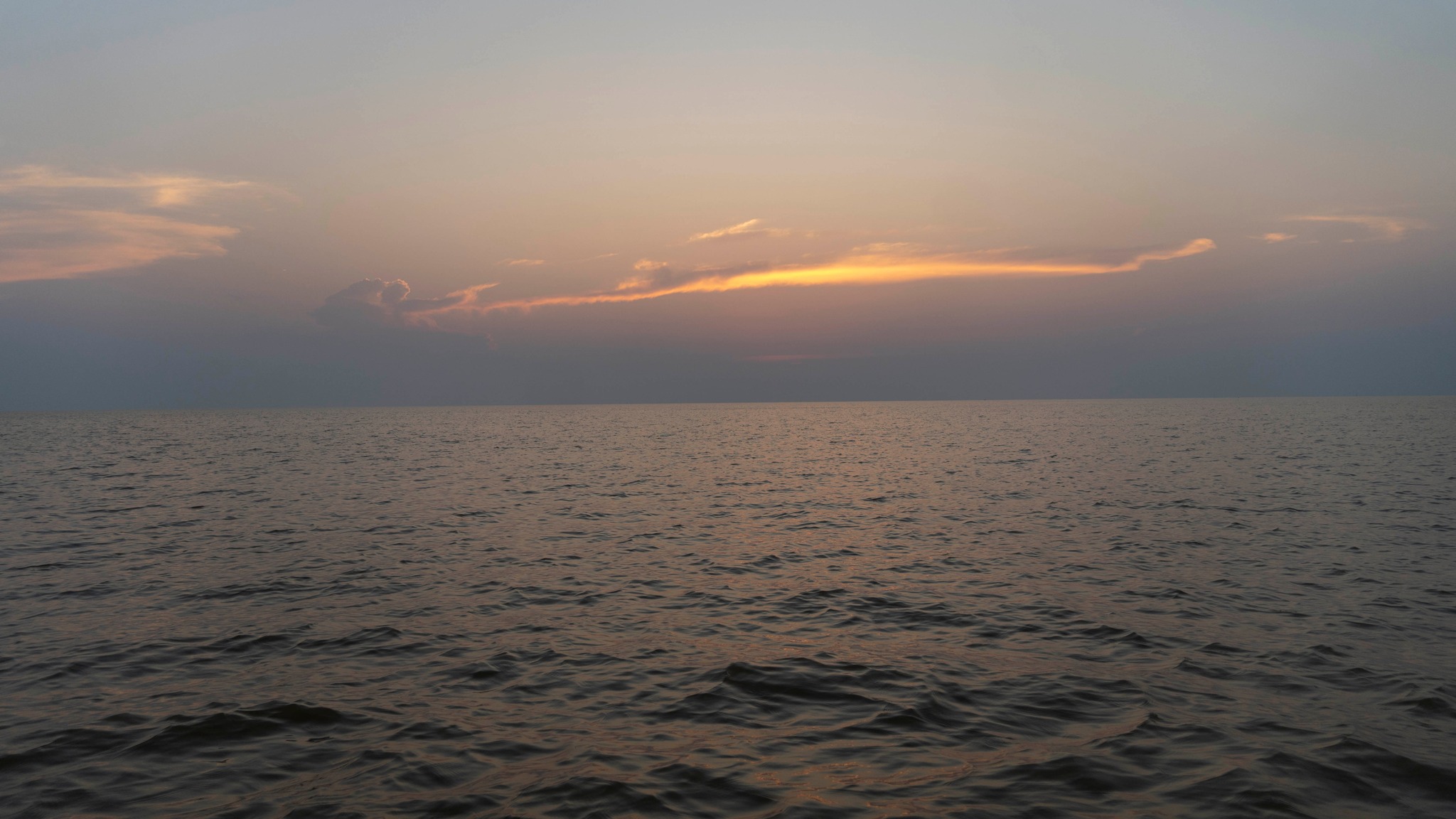A visit to the floating villages on Tonle Sap Lake offers a unique insight into the lives of the communities that live on the water. Homes, schools, and markets float on the lake, adapting to the water levels that change with the seasons. You can take a boat tour to experience this fascinating way of life up close.
Kampong Phluk Floating Village is a unique and fascinating destination located in Siem Reap, Cambodia. Situated about 16 kilometers southeast of Siem Reap town, it offers visitors an opportunity to witness the traditional lifestyle of the locals living on the Tonle Sap Lake.
Kampong Phluk consists of three main villages, which are built on stilts to adapt to the lake's fluctuations in water level throughout the year. It is a self-sufficient community, relying heavily on fishing and agriculture as their main source of income. As you explore the village, you will notice houses, schools, and even a Buddhist temple all built on raised platforms.
One of the highlights of visiting Kampong Phluk is taking a boat tour to navigate through the village's intricate waterways. The boat ride allows you to witness the vibrant and diverse ecosystem of the lake, with its mangrove forests, scenic landscapes, and abundant birdlife. You will also have the chance to interact with the villagers and learn about their daily routines and customs.
During the dry season (from November to May), when the water level recedes, the stilted houses rise on tall columns, making it possible for visitors to walk and explore the village on foot. This gives a unique perspective and a closer look at the local way of life. However, during the wet season (from June to October), when the water level rises, the village becomes predominantly a floating community and can only be accessed by boat.
Visiting Kampong Phluk is a great way to escape the bustling city of Siem Reap and immerse yourself in the tranquility of rural Cambodian life. It is a perfect destination for nature lovers, photographers, and those interested in experiencing authentic local culture.












